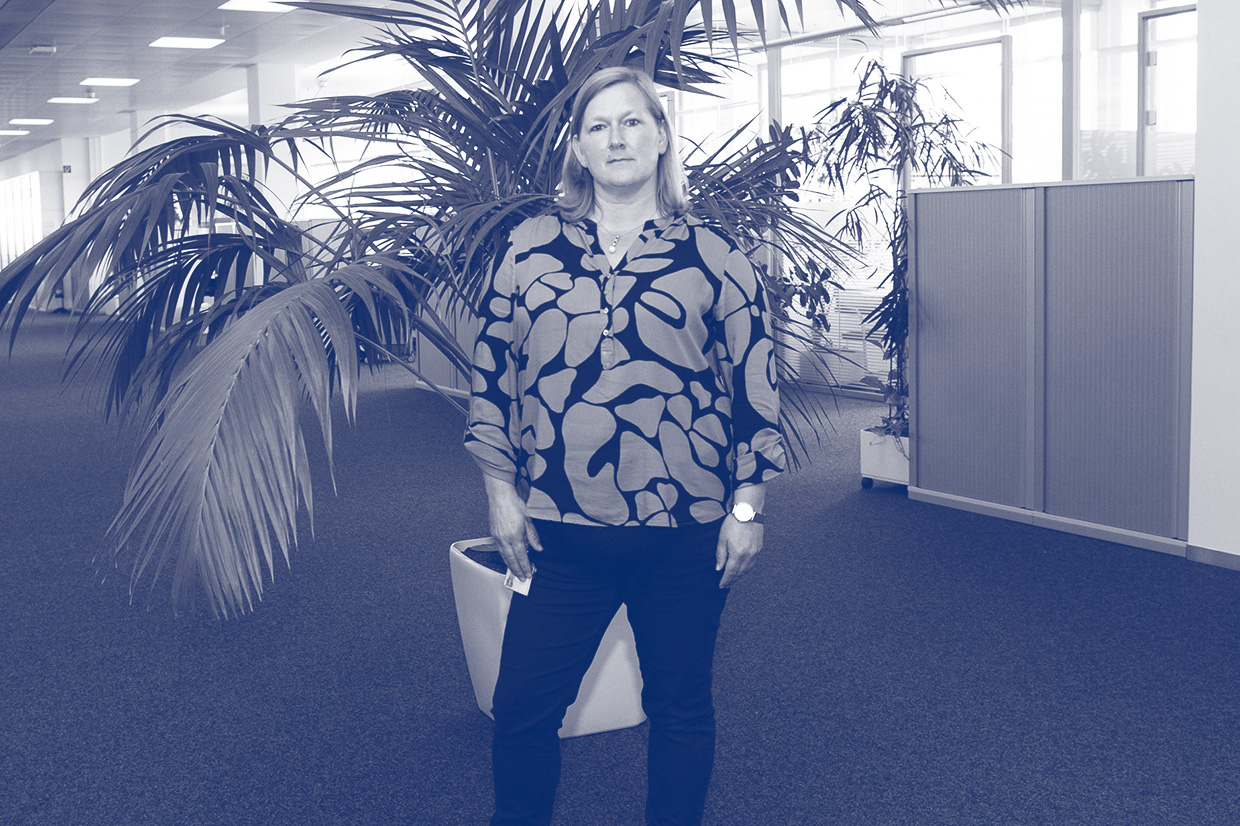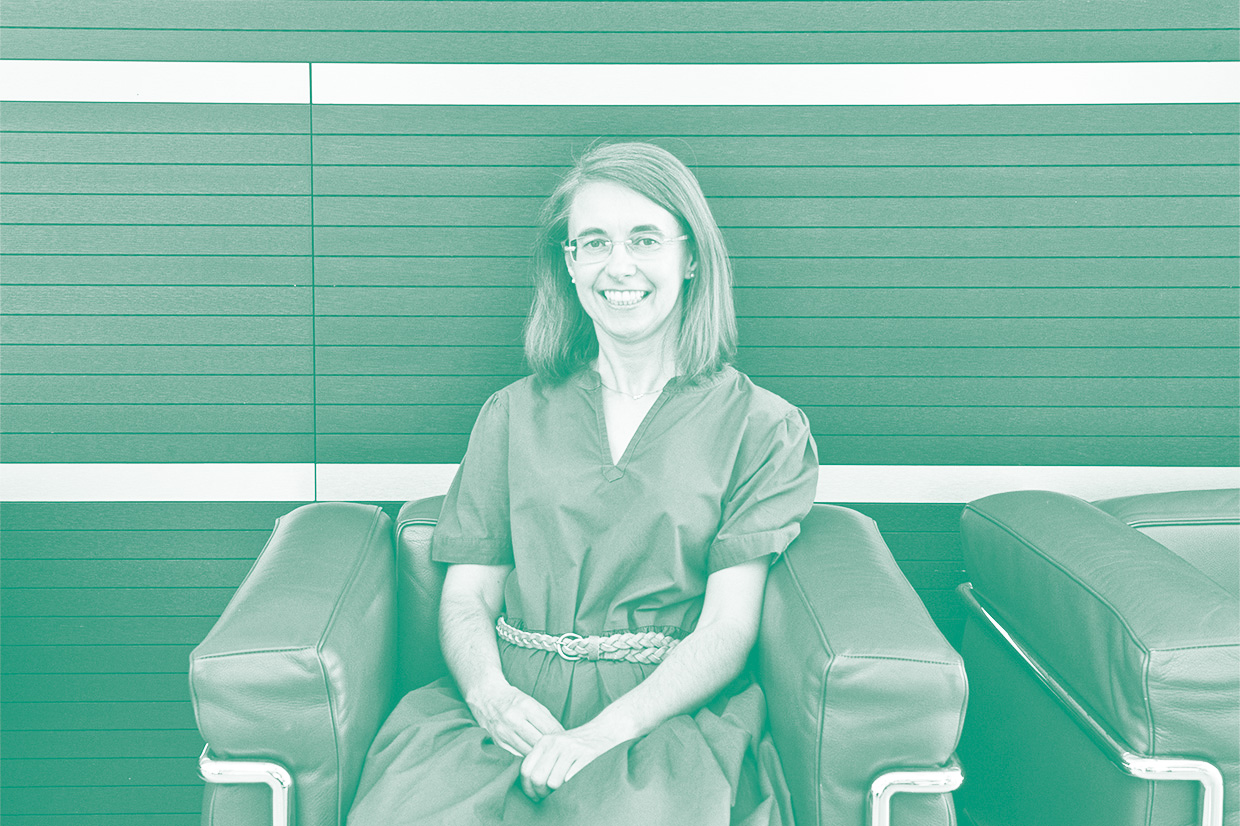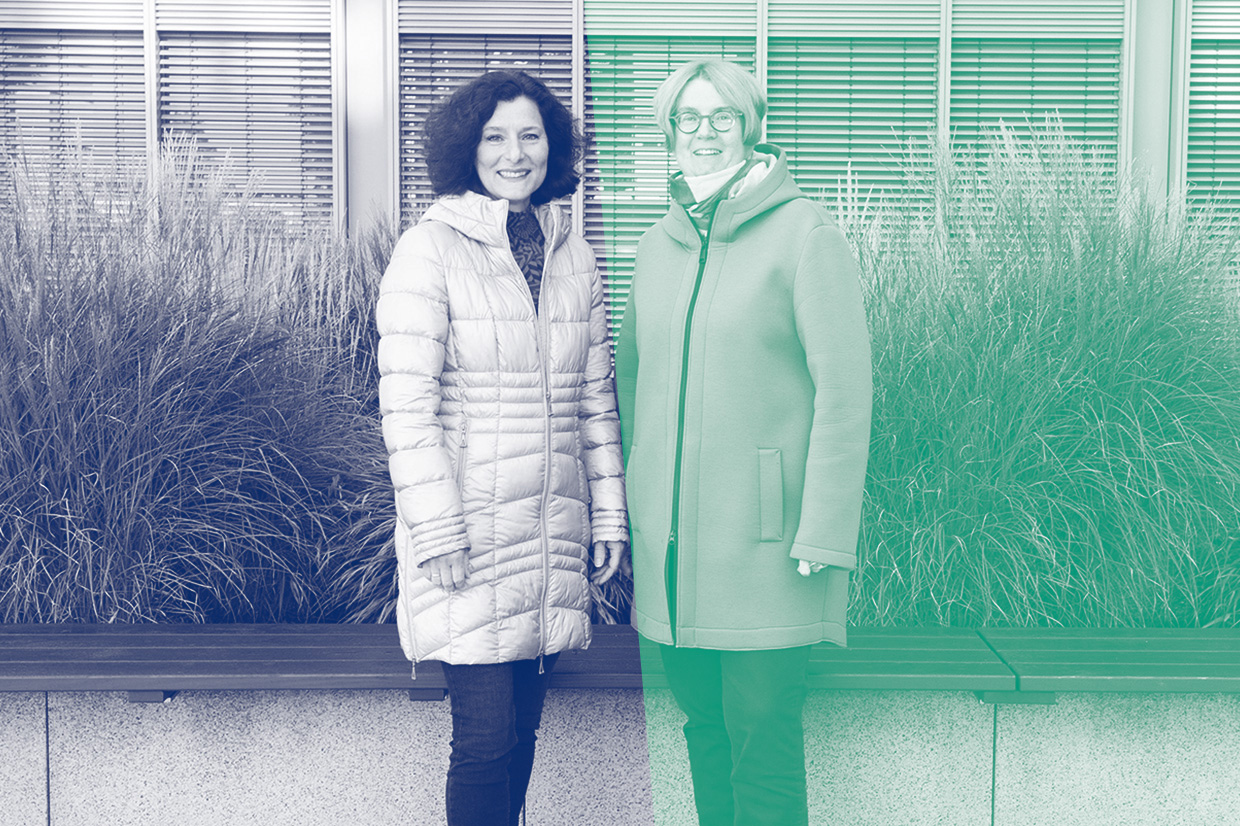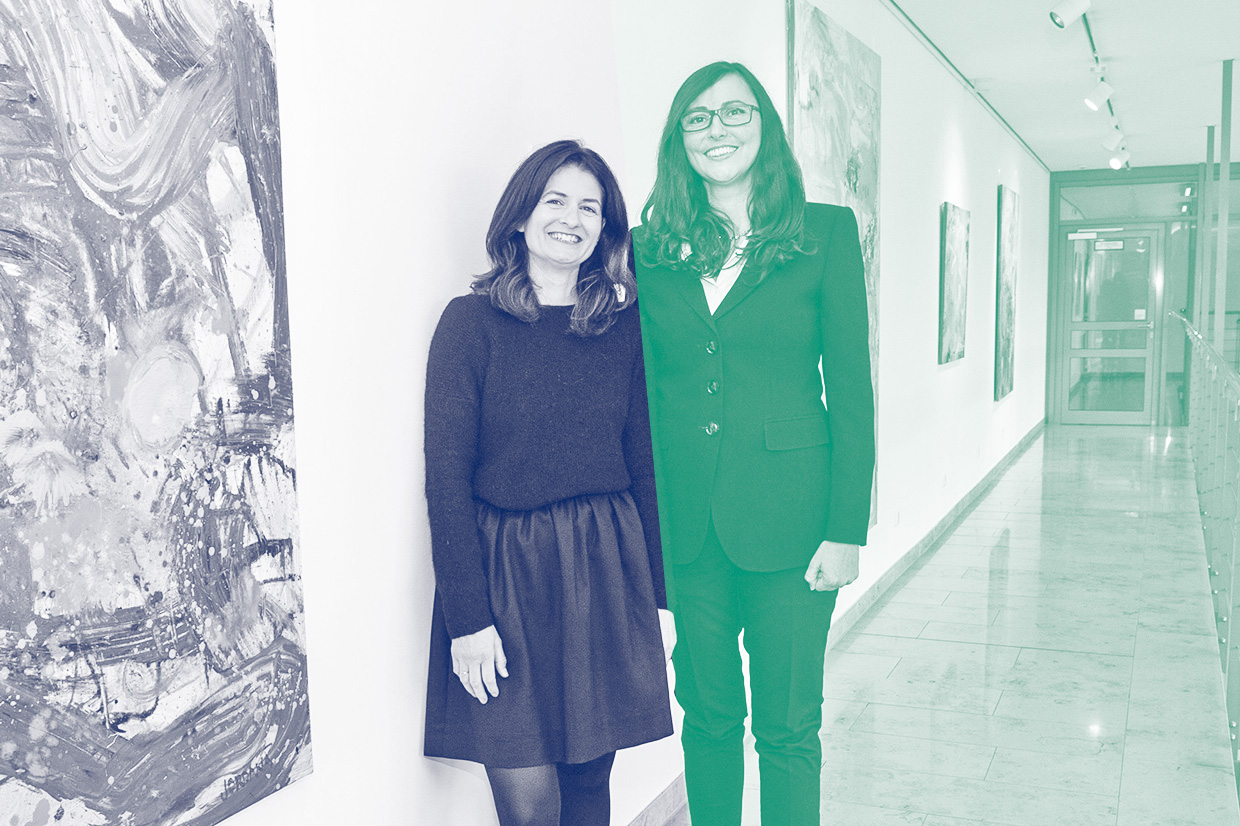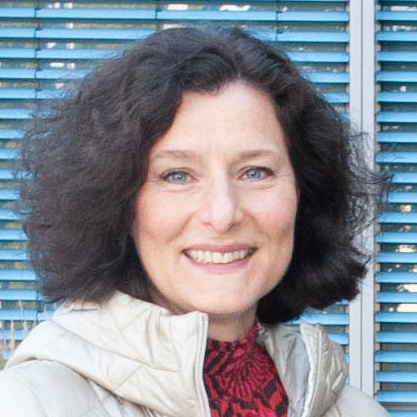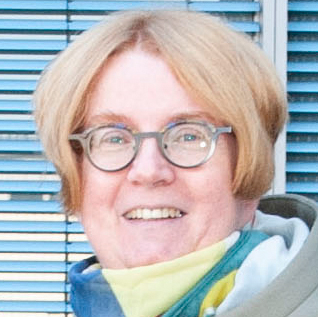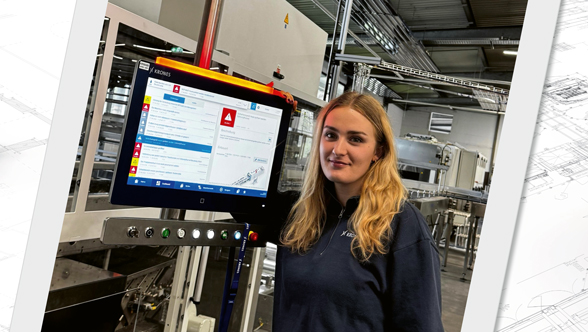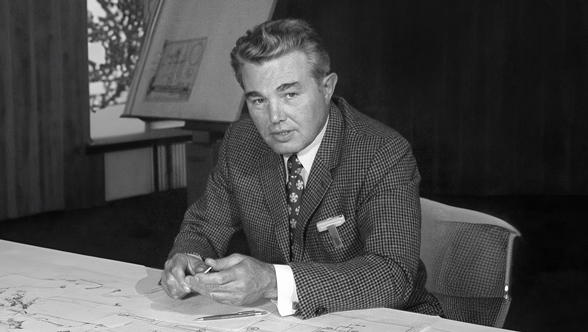What’s special about job sharing is that two or more employees share the work and pay of one full-time job and work very closely together in a team. The working times and tasks are individually and flexibly distributed among them. Compared to conventional part-time jobs, tandems can also hold positions with greater responsibilities, which means job sharers are able to further their careers. So this model can be used not least as a valuable tool for the promotion of women, particularly with regard to the large number of parents who have to reconcile child care and professional life. But job sharing is an attractive proposition not only for working mothers and fathers who’d like to spend more time with their families but also for all those who plan to take part in advanced-training programs or quite simply want to try out something new. Everyday tandem life can be autonomously organised to suit the team members’ personal circumstances and preferences, after prior consultations with their line manager, of course.
Two employees working as one
Here at Krones, we’ve likewise gained some positive experience with the job-sharing model. There are teams, for example, who have shared a job for years now. “The idea cropped up when my colleague returned to work after her maternity leave,” recalls Tanja Rußler from the FI Billing Department, who has been in tandem with Renate Buhl since 2012. “First, I did her job for three years. Then I wanted to reduce my overall working hours, so I could spend more time with my children. When Renate returned to work after her maternity leave, our line manager offered us to share the job,” she says. “I was extremely pleased that thanks to job sharing it was possible to keep my job while enjoying a reasonable work/life balance,” adds Renate Buhl.

